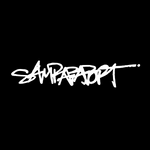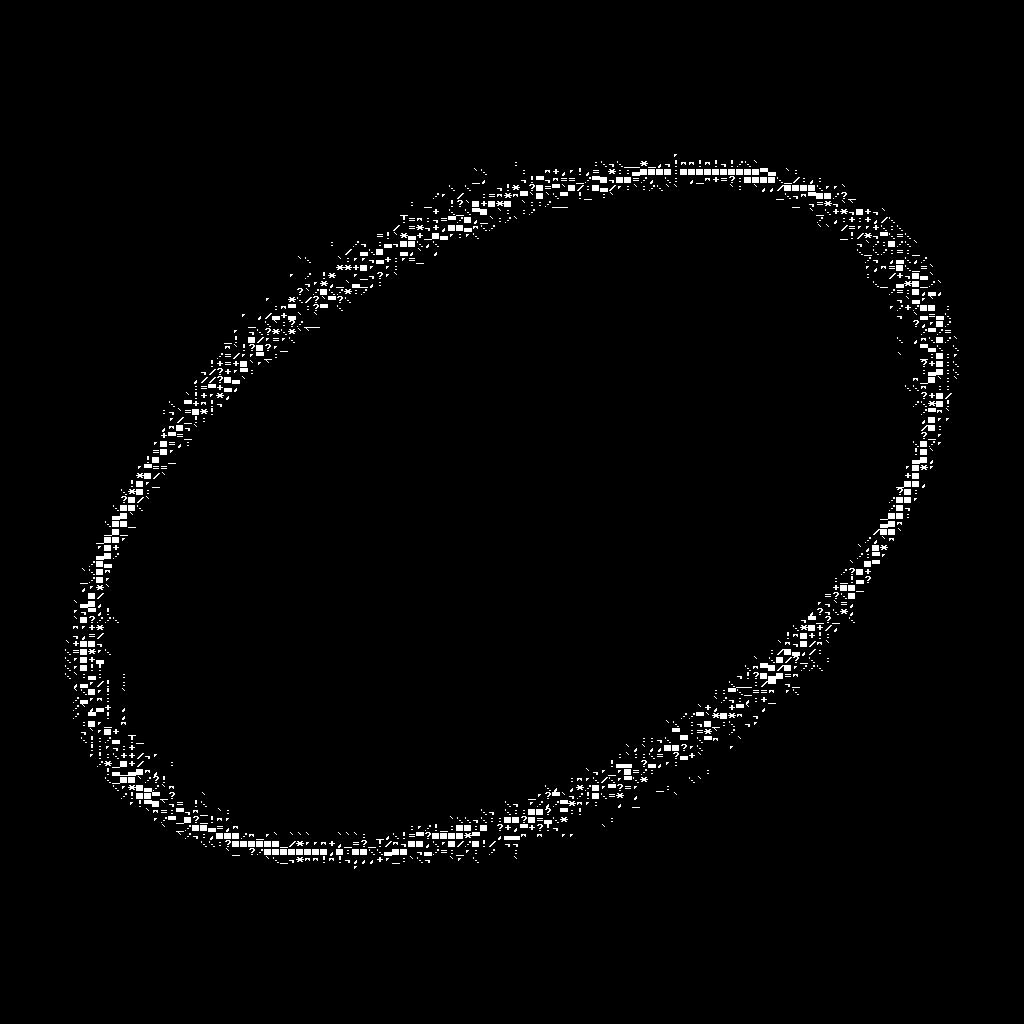ASCII art is the forming of pictures or art out of the text characters available in the ASCII table. These pictures were popular before the Internet and broadband when users connected through text-based terminal interfaces. ASCII (ask'-ee), the "American Standard Code for Information Interchange", is a standard for how text is encoded and transmitted digitally. Ultimately, the only thing computers send back and forth to each other are zeros and ones. Using ASCII as a standard, a computer can send a series of zeros and ones in a certain order and the other computer will know that it signifies a certain letter of the alphabet.
In the early days of computing and the internet, most computers didn't have a graphics processor and could only display text. You might recall movies such as War Games or Hackers, where chunky screens displayed bright green text over a dark background and the user interacted with the computer via a set of commands. During this era, computing was entirely text-based. It was here that people began creating "images" from the text characters available to them and ASCII art was born.
.s$$$Ss.
.8, $$$. _. . ..sS$$$$$" ...,.;
o. ,@.. 88 =.$"$' ' ..sS$$$$$$$$$$$$s. _;"'
@@@.@@@. .88. ` ` ""l. .sS$$.._.sS$$$$$$$$$$$$S'"'
.@@@q@@.8888o. .s$$$$$$$$$$$$$$$$$$$$$'
.:`@@@@33333. .>$$$$$$$$$$$$$$$$$$$$'
.: `@@@@333' ..>$$$$$$$$$$$$$$$$$$$'
: `@@333. `., s$$$$$$$$$$$$$$$$$'
: `@33 $$ S.s$$$$$$$$$$$$$$$$$'
.S `Y ..` ,"$' `$$$$$$$$$$$$$$
$s . ..S$s, . .`$$$$$$$$$$$$.
$s ., ,s ,$$$$,,sS$s.$$$$$$$$$$$$$.
/ /$$SsS.s. ..s$$$$$$$$$$$$$$$$$$$$$$$$$.
/`.`$$$$$dN.ssS$$'`$$$$$$$$$$$$$$$$$$$$$$$.
/// `$$$$$$$$$' `$$$$$$$$$$$$$$$$$$$$$$.
///| `S$$S$' `$$$$$$$$$$$$$$$$$$$$$$.
/ / $$$$$$$$$$$$$$$$$$$$$.
`$$$$$$$$$$$$$$$$$$$$$s.
$$$"' .?T$$$$$$$
.$' ... ?$$#\
! -=S$$$$$s
.! -=s$$' `$=-_ :
, .$$$' `$, .|
, .$$$' . ,
, ..$$$'
.s$$$' `s .
. .s$$$$' $s. ..$s
. .s$$$$' `$s=s$$$
.$$$$' , $$s
` " .$$' $$$
, s$$' . $$$s
` .s..s$' .s ,$$
.s$$$' "s$$$,
- $$$' .$$$$.
." .s$$s .$',',$.
$s.s$$$$S.............. ................ $$....s$s......
`""' ` ```""""""""""""""" `"" ``
[banksy]dp
------------------------------------------------
This ASCII pic can be found at
https://asciiart.website/index.php?art=art%20and%20design/banksy
As graphical interfaces gained popularity along with personal computing during the 90s and internet bandwidth increased, the images and video we've come to take for granted today began to replace the need for ASCII art, and the style became (or remained) niche among programmers, gamers, and the like. Still, it's not unlikely that the average internet user has at least come across some form of the artwork at some time. While interesting to look at, it's no longer eye-catching in the endless content delivered through our infinite scroll world. But that's not to say certain artists aren't inventing new ways to bring the style of art to the modern era.
Today, digital artists such as Andreas Gysin use computer code and modern digital techniques to bring ASCII art and other digital “glitch art” to life in unique, scroll-stopping ways.
In the rest of this article, we will take a look at the work of artists like Andreas and see how they are combining digital art and physical displays to re-imagine a (technologically) ancient art form.
This post is for subscribers only
Subscribe now and have access to all our stories, enjoy exclusive content and stay up to date with constant updates.


